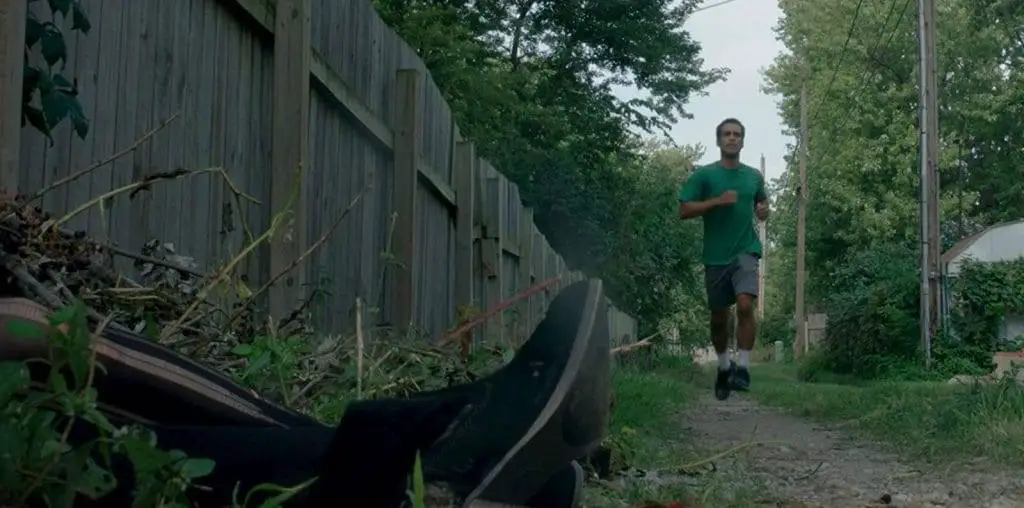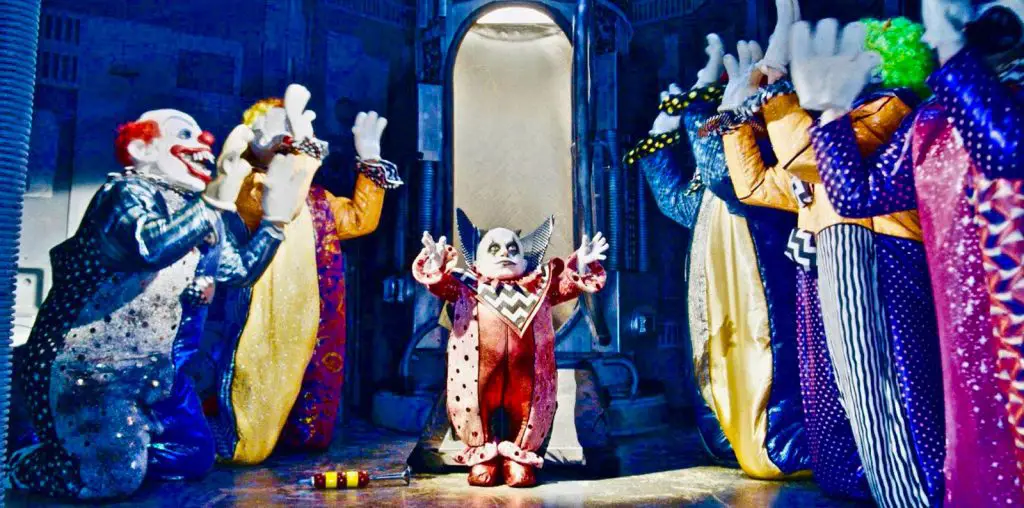
Slavery is not dead, not by a long shot. It is estimated there are more people enslaved around the world today than during the height of the African slave trade in the early 19th century. Thanks to an omnivorous global economy and the constant need for cheaply-made goods, slave labor (especially with children in servitude) is increasingly relied upon for the creation of a wide variety of products.
“The Carpet Slaves: Stolen Children of India” is a new documentary which focuses on child slavery within the so-called Carpet Belt of Northern India, where an estimated 300,000 youngsters are being held as slaves and forced to work the looms to create that nation’s most popular and desirable exports. Despite the horror of the story and the drama of witnessing the liberation of child slaves from their bondage, the documentary is curiously casual in its approach. As “The Carpet Slaves: Stolen Children of India” rolls along in its leisurely pace, failing to ask the most obvious questions surrounding this tragic subject. Indeed, it is not difficult to recall Bob Dole’s impotent bellowing from the 1996 presidential election echoing through this production: Where’s the outrage?
Central to “The Carpet Slaves: Stolen Children of India” is the efforts to locate Huro, a boy who was kidnaped from his village when he was six and whose whereabouts for five years were unknown to his grief-stricken parents. Filmmakers Kate Blewett and Brian Woods join an advocacy group called the South Asian Coalition Against Child Servitude in a raid on a carpet-making operation run by Munim Gupta, a well-known slave master. While Gupta eludes the police during the raid, his slaves are located and freed. Huro and a cousin, who had also disappeared years earlier, are found among the liberated children and are brought back to their village; they are later sent to a special school to provide them with the educational training they were denied. (The fact the children live in a village without electricity or running water and will probably have no opportunity to secure a decent profession that would require their educational training is never raised here.)
The tragedy of the child carpet slaves is further compounded by the failure of the Indian government and the Western markets to make any effort to stop the production of products created by slave labor. The film briefly notes there is a UNICEF-backed organization called Rugmark which labels carpets that are free of slave labor, but no major American retail chain and only a handful of British outlets are currently participating in the Rugmark program. Strangely, the filmmakers do not attempt to question the retail giants in their refusal to boycott slave-produced carpets.
Also absent from the film are members of the Indian government and police, who are certainly more than aware of slave labor within their borders but are not queried on their lack of accountability. This Anglo-American co-production also fails to question the commerce and trade officials within the British and American governments on whatever steps may be in place to halt the import of slave-produced merchandise (and if anyone can get a peep out of the U.S. Congressional Black Caucus regarding their conspicuous silence on the international slave trade, please contact this writer). There is a brief and irrelevant sequence in the charcoal fields of Brazil, where dust-choked workers who once toiled in slavery are now being paid a token salary thanks to some negative coverage in American newspapers; the notion that a tiny paycheck can somehow compensate for grueling and health-debilitating work is an absurdity.
“The Carpet Slaves: Stolen Children of India” will air in the U.S. on the Cinemax cable channel on March 26. The film is a major disappointment, squandering a dramatic true-life story with an unsatisfactory and incomplete production.

